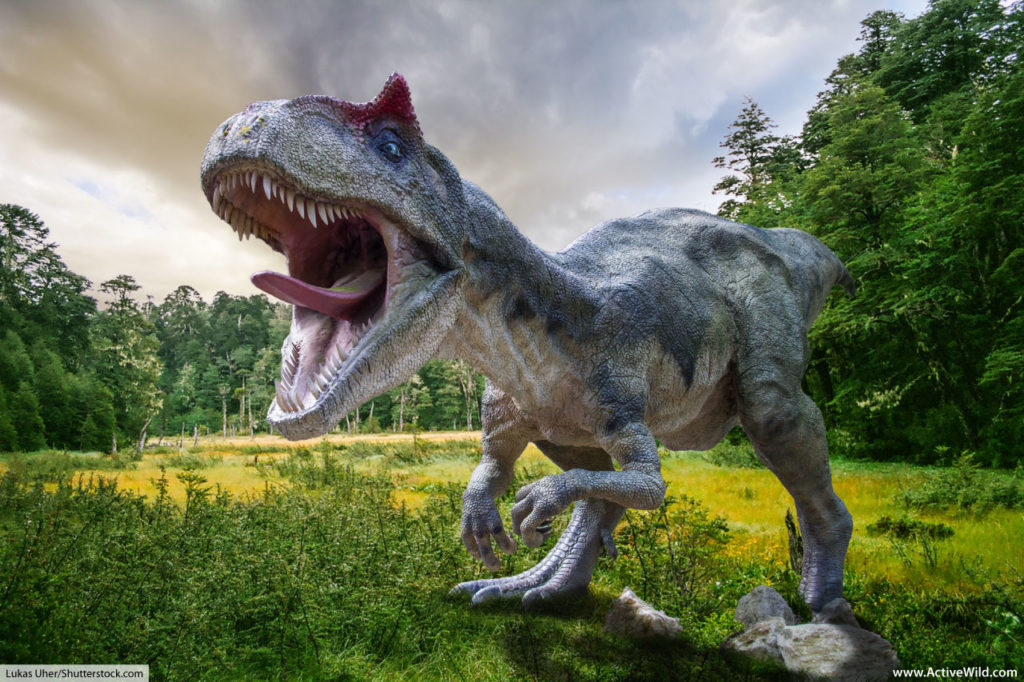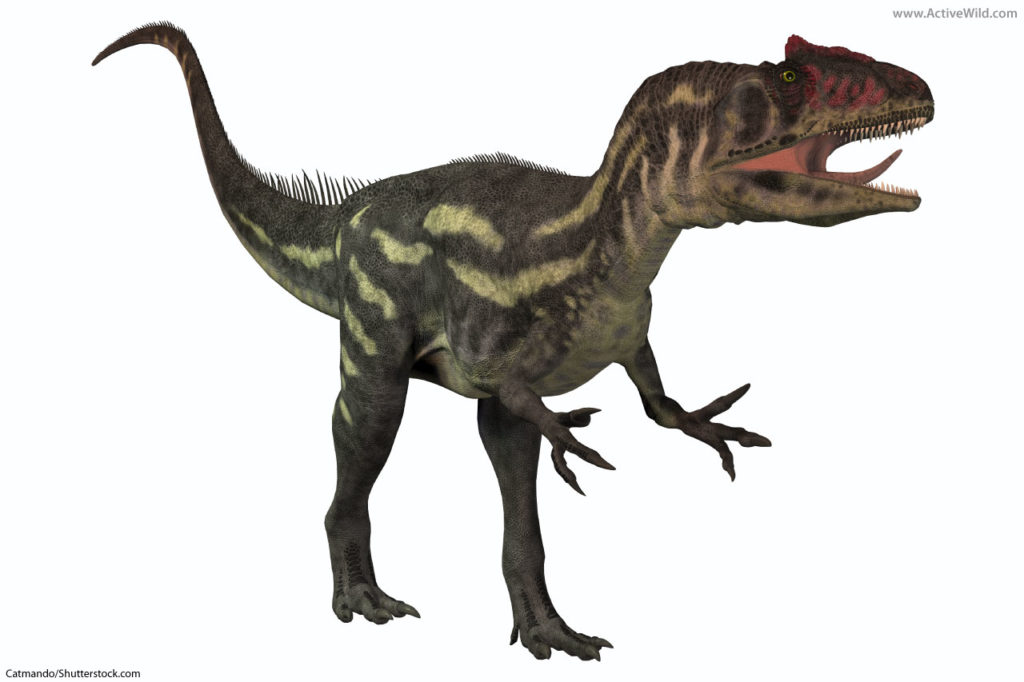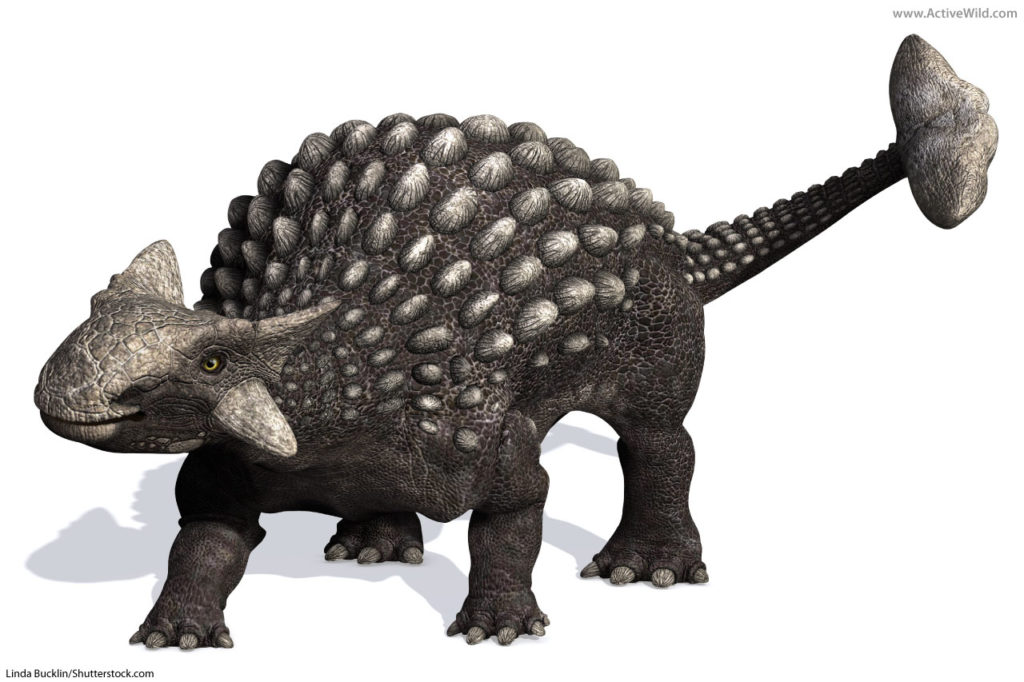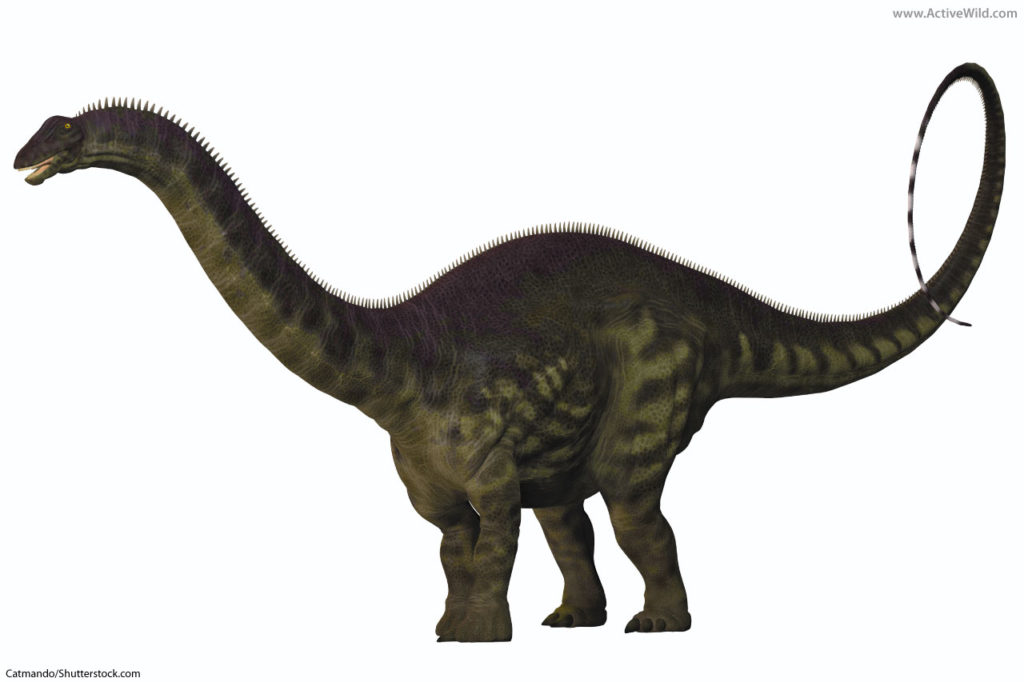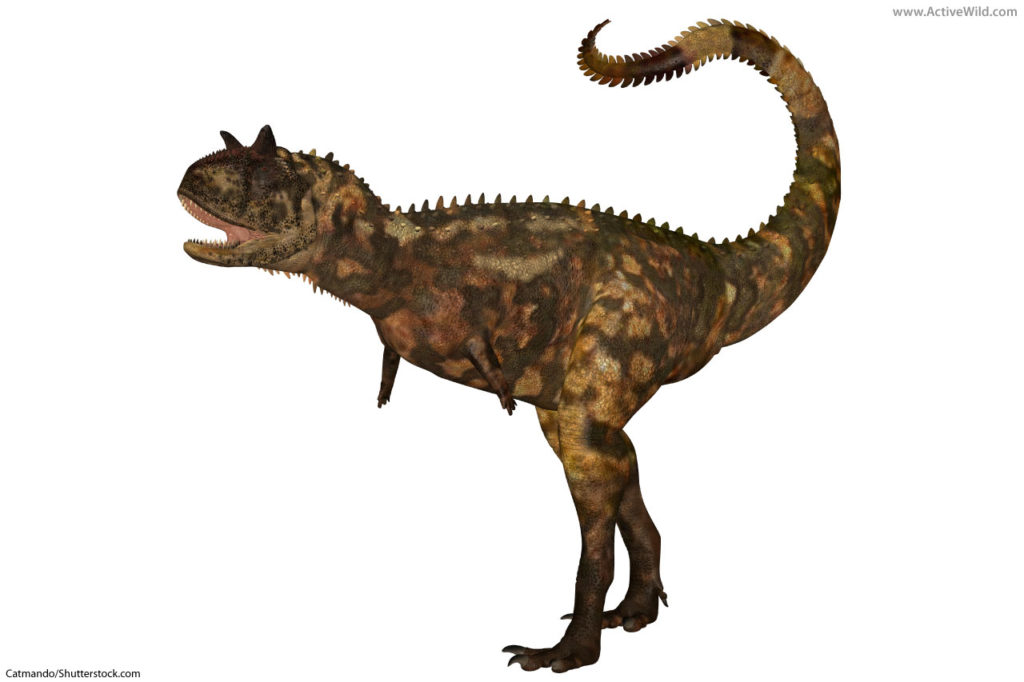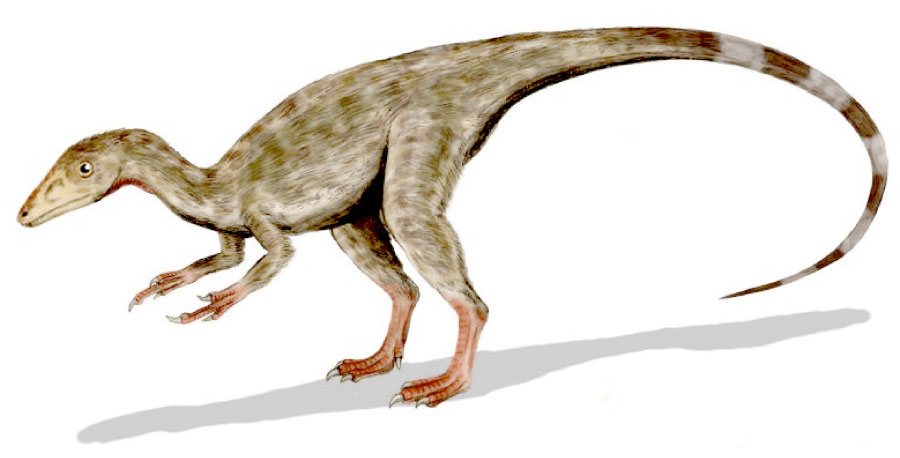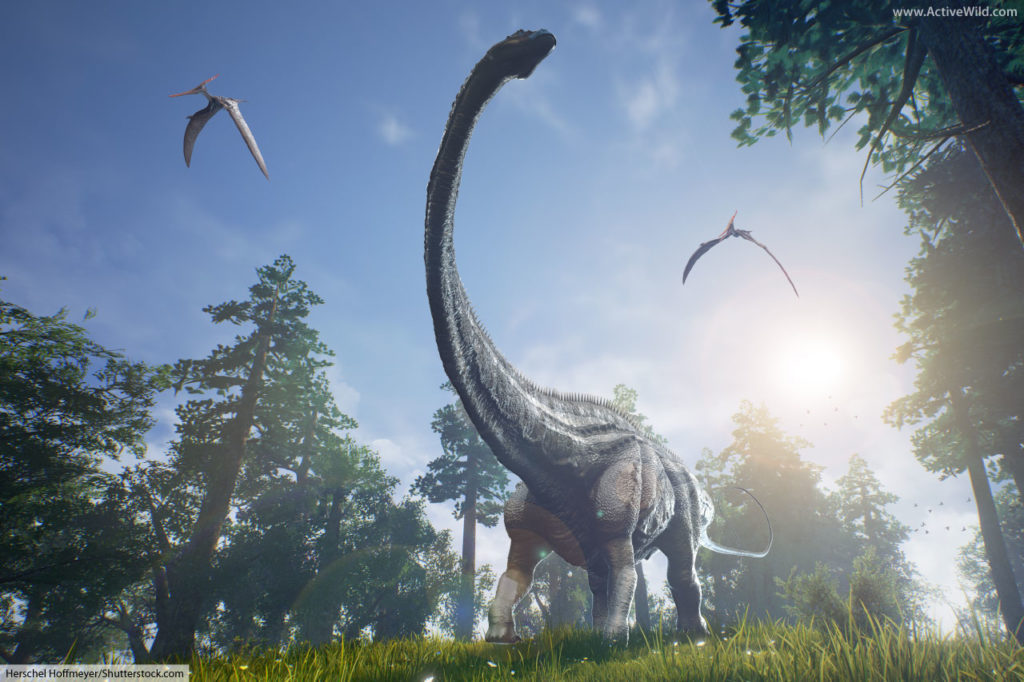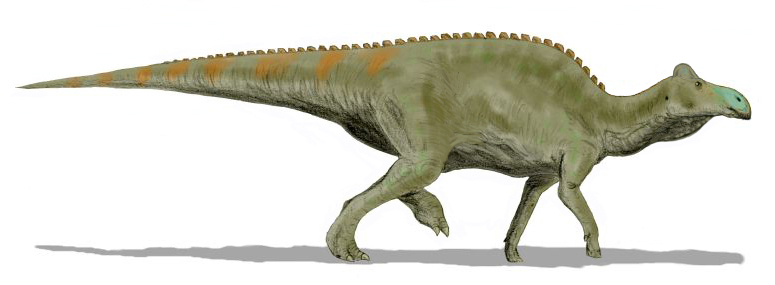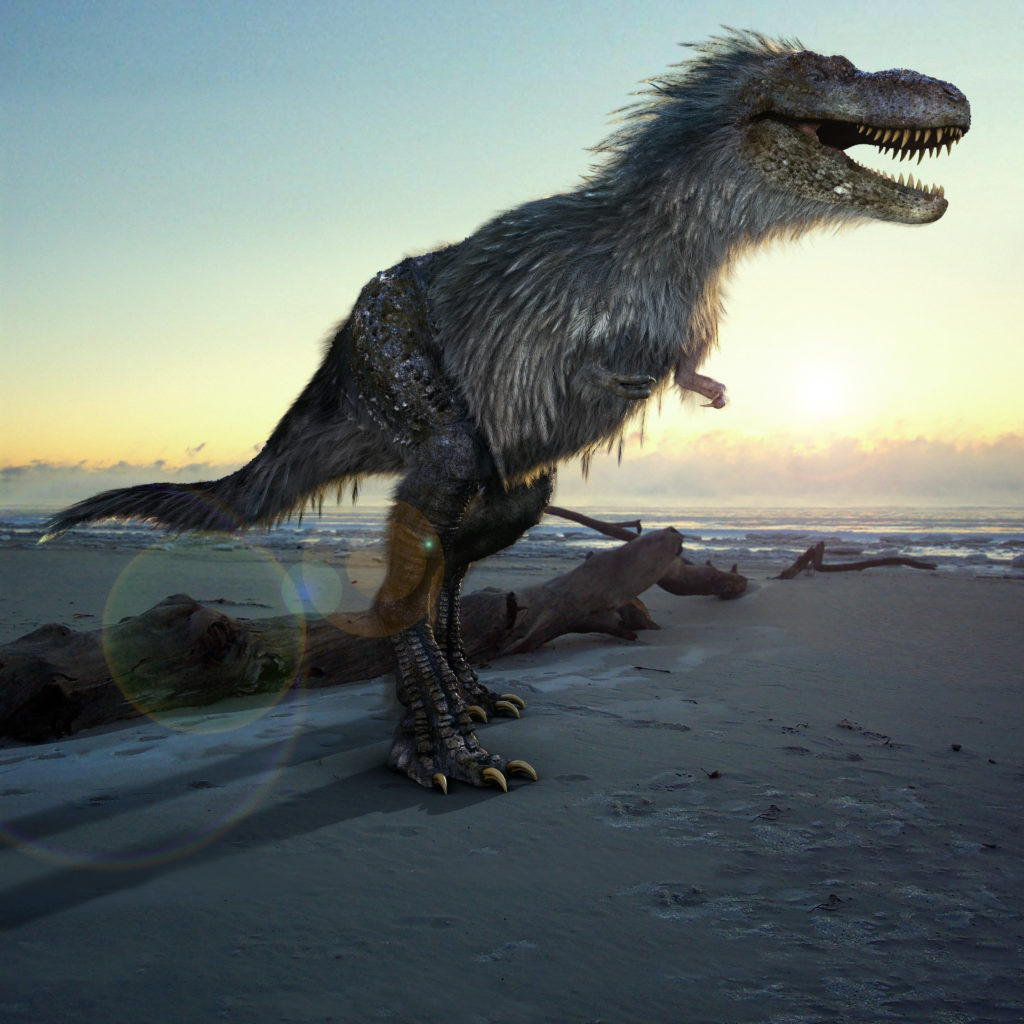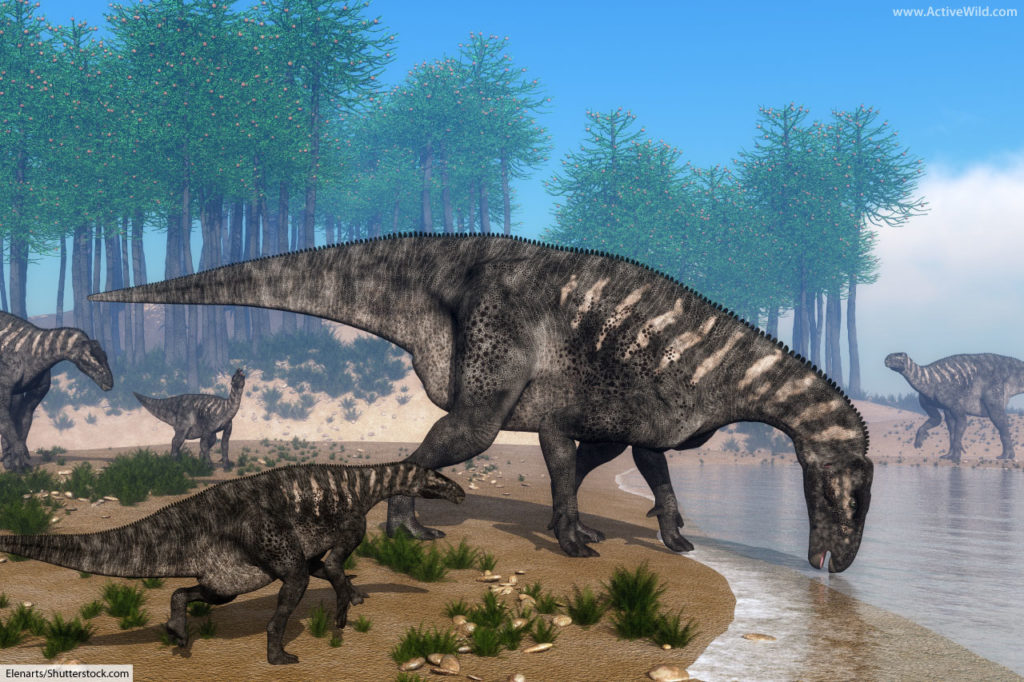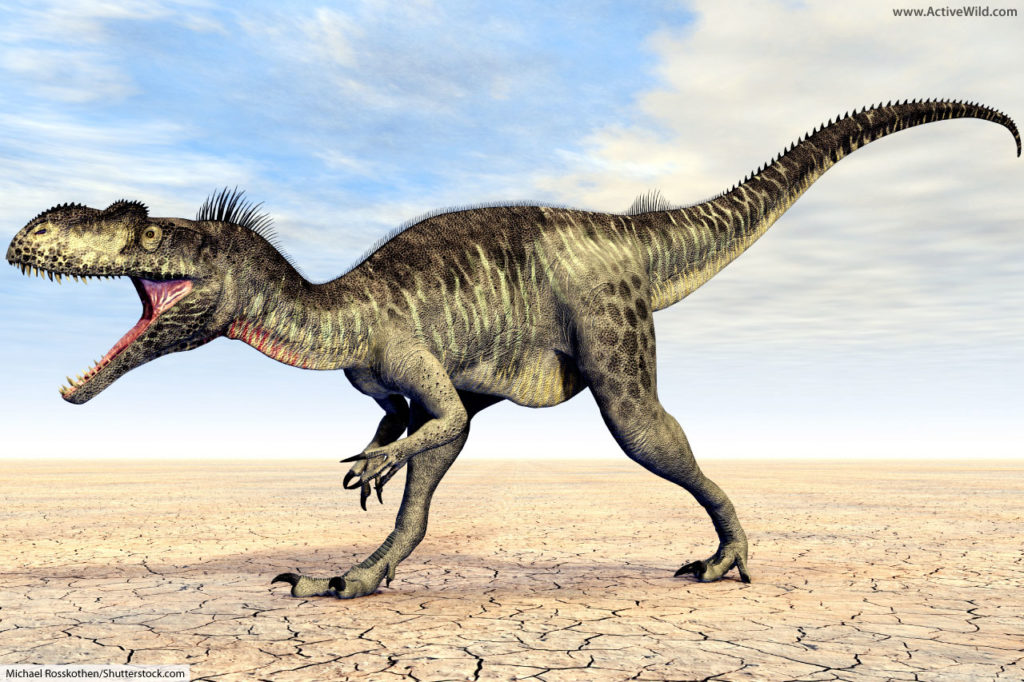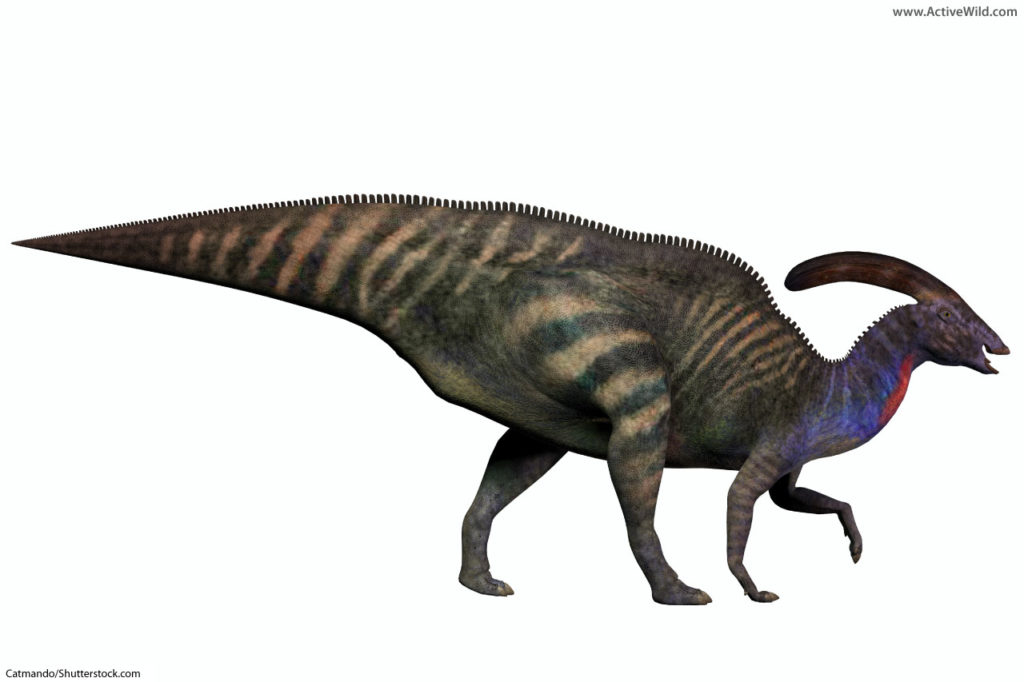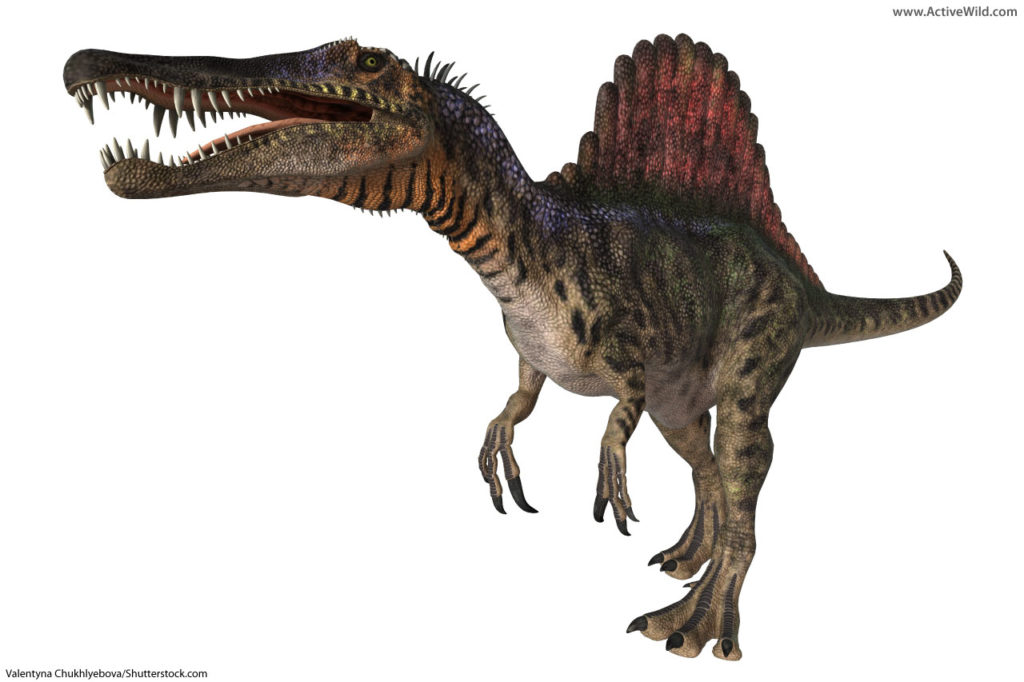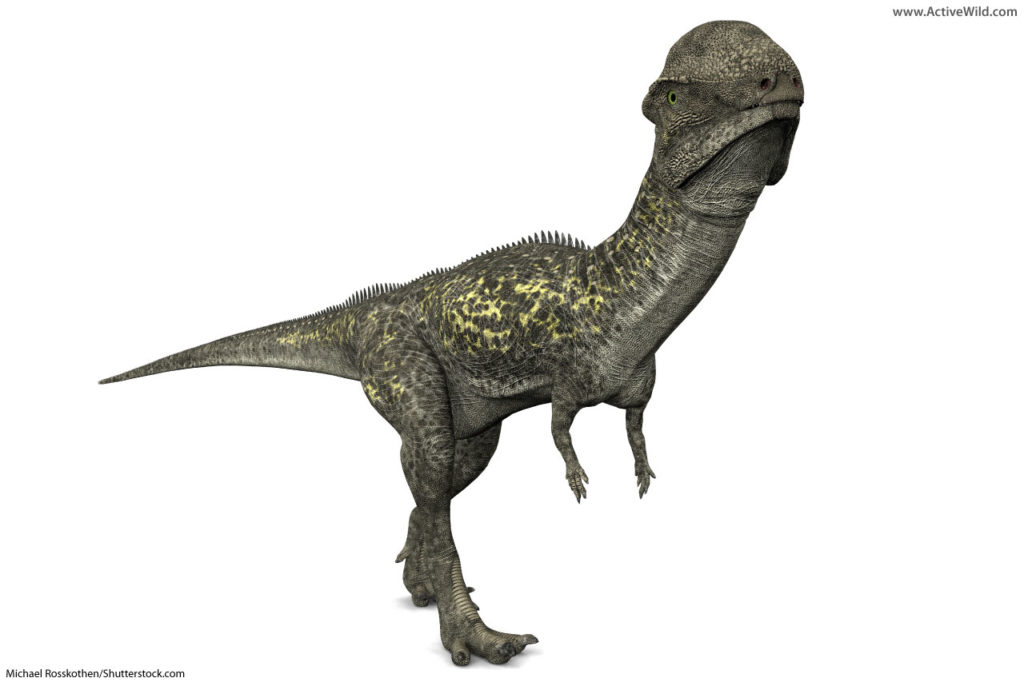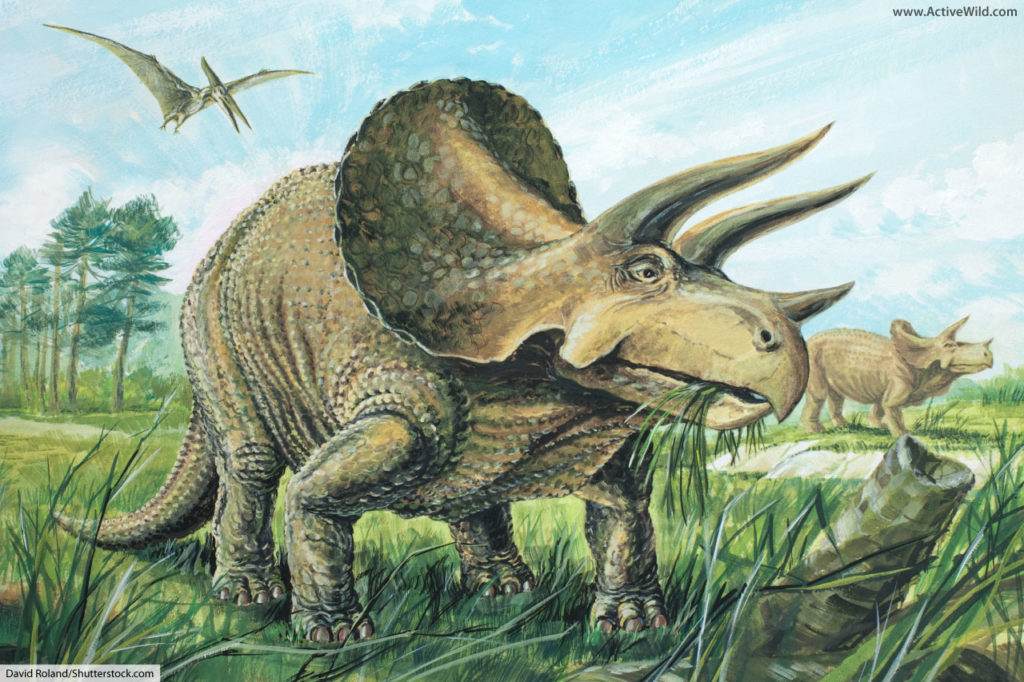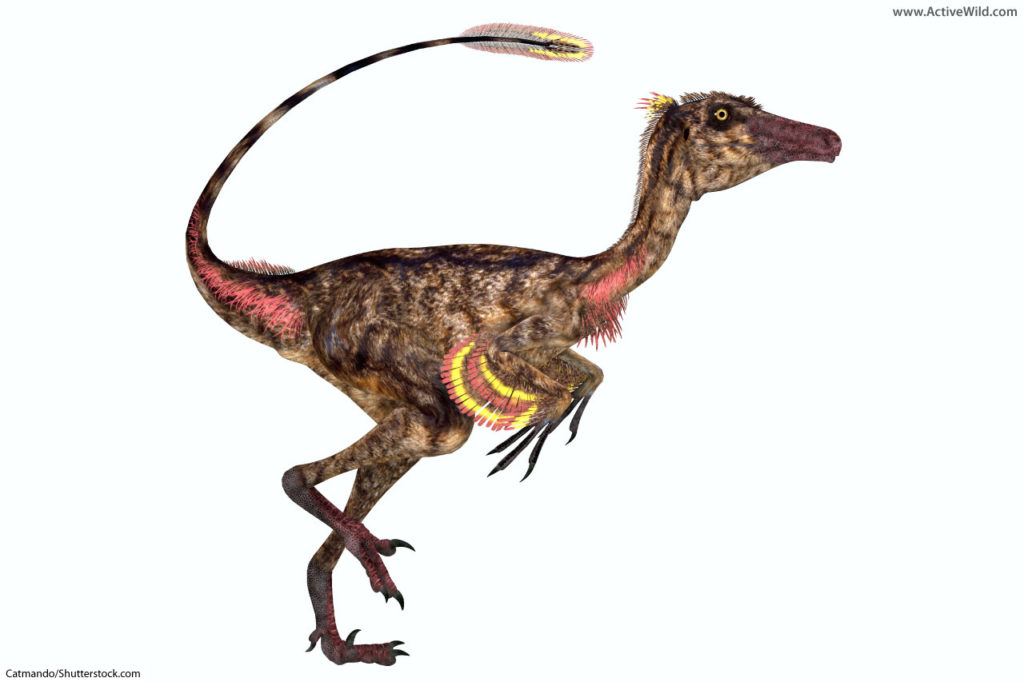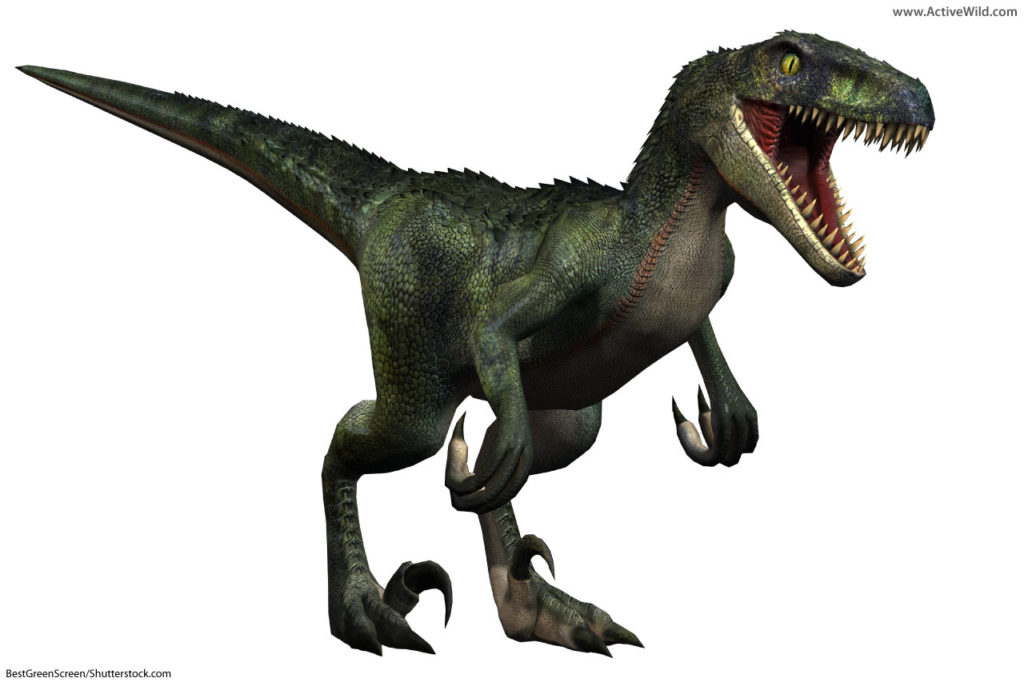16 weeks Short reviews.
History- American Revolution
Science- Dinosaur Study
Week 1
Math
Grammar
A sentence is a group of words that express a complete thought.
• A sentence fragment is a group of words that does not
express a complete thought.
• A statement is a sentence that tells something.
• A question is a sentence that asks something.
• All sentences begin with a capital letter and end with a period
or question mark.
History
The Boston Massacre – Snow and Gunpowder
The American Revolutionary War for Kids
The Boston Tea Party Explained: US History Review
History Brief: The Boston Tea Party
Science
What Does ‘Dinosaur’ Mean?
The word ‘dinosaur’ was invented by the English biologist Sir Richard Owen. He first used the term ‘Dinosauria’ in 1842, when he needed a word for a new group of animals that he had recently identified.
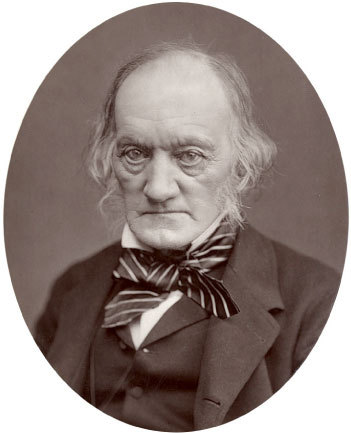
The word comes from two Greek words: ‘deinos’, which means ‘terrible’, and ‘sauros’, which means ‘lizard’. Therefore ‘dinosaur’ means ‘terrible lizard’.
Although – strictly speaking – dinosaurs aren’t lizards, it’s still a very fitting name!
What Is A Dinosaur?
This may surprise you, but dinosaurs are still alive … it’s just that today we call them birds! You’ll learn more about this further down the page.
Therefore, on this page, when we use the word dinosaurs, we mean ‘non-avian dinosaurs’. That is, all of the dinosaurs that didn’t evolve into birds.
Evolution, by the way, is how animals change over time. It doesn’t happen overnight; a bird didn’t suddenly hatch from a T Rex egg! Evolution can thousands – if not millions – of years, with countless tiny changes occurring over these immense timespans.
Week 2
Math
Adding Numbers Within 100 With Regrouping
Grammar
A statement is a sentence that tells something. It ends with
a period. .
• A question is a sentence that asks something. It ends with a
question mark. ?
• A command tells or asks someone to do something. It ends
with a period. .
• An exclamation shows strong feeling. It ends with an
exclamation mark. !
History
History Brief: The Second Continental Congress and the Olive Branch Petition
History Animation (Olive Branch Petition)
Science
What Makes a Dinosaur a Dinosaur? Dinosaur Characteristics
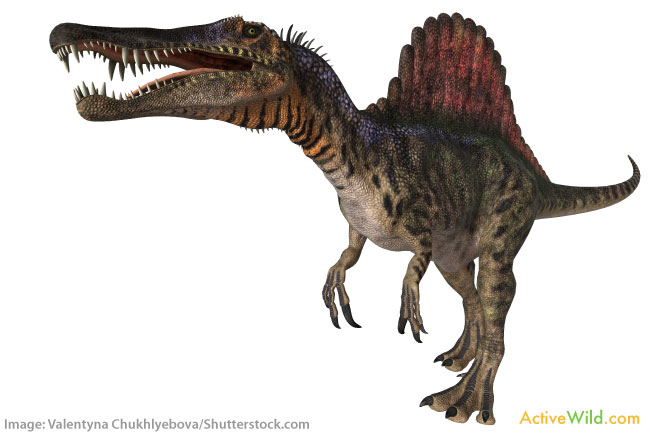
Dinosaurs were a tremendously varied group of animals. Some dinosaurs were grazers, some were predators, some lived in herds, some had horns and some had armour, but despite all these differences, there were things that all dinosaurs had in common.
Dinosaurs lived between 250 and 65 million years ago, from the early Triassic period to the end of the Cretaceous period.
Dinosaurs were land animals, and (most) could not fly.
(Pterosaurs, the famous ‘flying dinosaurs’, were not actually dinosaurs. Neither were ‘swimming dinosaurs’ such as mosasaurs.)

Dinosaurs were reptiles, but not quite as we know them today. Whereas virtually all of today’s reptiles have little or no internal control over body temperature (i.e. they are ectothermic, or ‘cold-blooded’), there is evidence to suggest that some dinosaurs were endothermic, or ‘warm-blooded’.
Dinosaurs’ legs were straight, and projected downwards from the body. This set dinosaurs apart from early reptiles and crocodiles, whose legs projected outwards and were bent at the ‘knees’.
There were many different types of dinosaur, and they lived in many different habitats. There were meat-eating, plant-eating and omnivorous dinosaurs, and many evolved to have specialist diets such as seeds or insects.
Dinosaurs ranged in size from the chicken-sized compsognathus (and some recently discovered species that are even smaller) to the giant sauropods – including the Titanosaurs, the biggest known dinosaurs.
Some dinosaurs walked on two legs, some on four, and some (such as the iguanadon) were able to walk on both two and four legs.
Characteristics Of Dinosaurs: Summary
- Reptilian
- Straight legs projecting downwards from body.
- Lived on land.
- (Most) could not fly.
- Lived from the early Triassic period to the end of the Cretaceous period.
Types Of Dinosaur
We’ve all heard of dinosaurs such as Tyrannosaurus Rex, Stegosaurus and Allosaurus. Each of these, and all of the other famous dinosaurs, were one of either of the two main types of dinosaur, Ornithischia and Saurischia.
The two types of dinosaur were identified by British paleontologist Harry Seeley.
1. Ornithischia
The name ‘Ornithischia’ comes from the Greek for ‘bird-hipped’. The hip bones of these dinosaurs are similar to those of present-day birds.
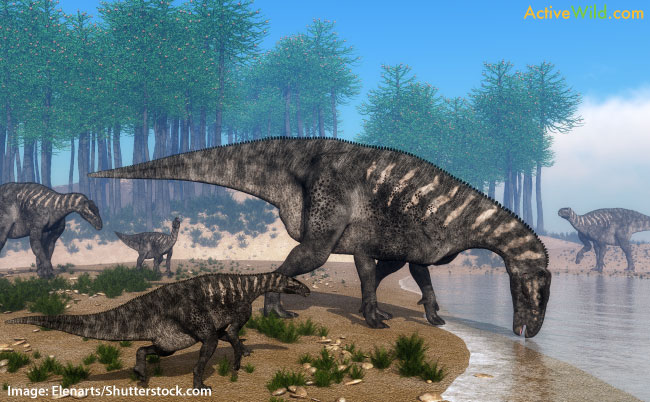
Confusingly, birds are actually descended from the Saurischians, rather than the Ornithischians.
Ornithischians were herbivorous (plant-eating) dinosaurs. Early Ornithischians were small and bipedal (walking on two legs). However, as they evolved, the ornithischians came to be more varied than the saurischians. Most well-known ornithischians walked on four legs.
Some examples of ornithischians include the armoured dinosaurs such as ankylosaurus and stegosaurus, ornithopods such as Iguanodon, and ceratopsians such as triceratops.
2. Saurischia
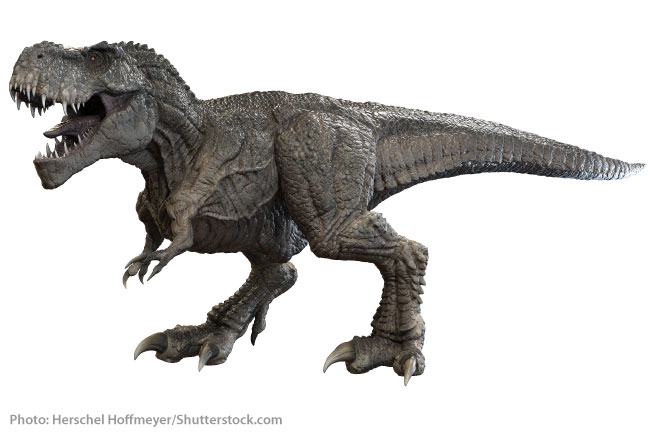
Saurischian means ‘lizard-hipped’; this type of dinosaur’s hip bones resemble those of a lizard.
This group of dinosaurs includes all of the famous carnivorous (meat-eating) species you’ve no doubt seen in films such as ‘Jurassic Park’. These are the theropods; dinosaurs that walked on two powerful legs, and which had long tails, short arms, and big jaws! Examples of theropods include Allosaurus, Oviraptor, and Tyrannosaurus.
Some theropods evolved into birds; the only dinosaurs to survive the Cretaceous–Paleogene extinction event that took place around 66 million years ago.
The other main type of saurischian dinosaurs were the sauropods. These were huge, herbivorous dinosaurs, with small heads, long necks, and four stout legs to carry their enormous weight. Well-known sauropods include Apatosaurus, Diplodocus and Brontosaurus.
Week 3
Math
Grammar
Every sentence begins with a capital letter.
• A question ends with a question mark.
• A statement or a command ends with a period.
• An exclamation ends with an exclamation mark
History
The Declaration of Independence crash course
History Brief: The Declaration of Independence
Science
How Did Dinosaurs Evolve?
Reptiles evolved from four-legged amphibians 350 million years ago, during the Carboniferous period. The change from amphibian to early reptile involved gaining legs, lungs, and hard-shelled eggs.
All of this meant that early reptiles were no longer tied to the water; they could move around and reproduce on land.
The primitive reptiles split into several branches. Some would eventually become the familiar reptiles that we know today, such as snakes, lizards and turtles. Others would become mammals. Other branches, such as plesiosaurs, wouldn’t survive the various extinction events that would later befall the world.
One group of early reptiles were the archosaurs. The word ‘archosaurs’ means ‘ruling reptiles’.
An example of an archosaur is the Erythrosuchus, a meat-eating early reptile which was around 5 metres (16 ft.) long.
Archosaurs went on to split into two main branches. One of these was the early crocodilians – the ancestors of today’s crocodiles and alligators.
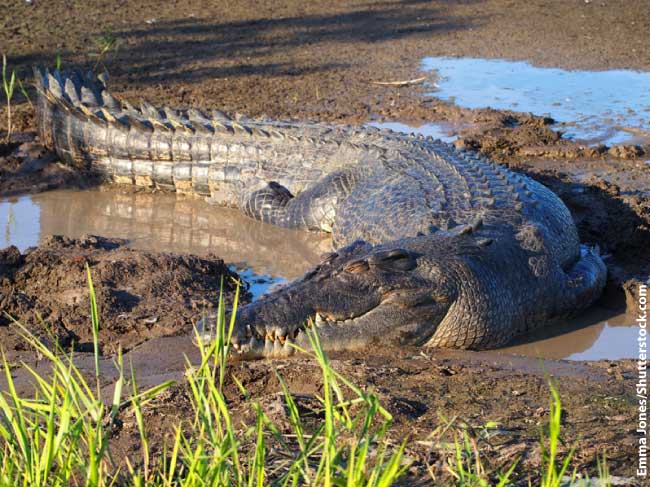
The other main type of archosaur was the Avemetatarsalians. This is the branch that would give rise to dinosaurs (and also to pterosaurs, the flying reptiles).
When Did Dinosaurs Live?
Dinosaurs lived in the Mesozoic Era, which is also known as the ‘Age of Reptiles’. The Mesozoic Era began around 252 million years ago, and ended around 66 million years ago. It is subdivided into three smaller periods: the Triassic, Jurassic and Cretaceous periods.
The earliest dinosaurs began to appear between around 231 and 243 million years ago, during the Triassic period. They were small, and walked on two legs.
Around 201.3 million years ago, a worldwide extinction event took place. This marked the end of the Triassic period and the beginning of the Jurassic period.
The Triassic–Jurassic extinction event, as it is now known, wiped out over half of the species we know existed during that time. It also set the scene for the dinosaurs to take over the world!
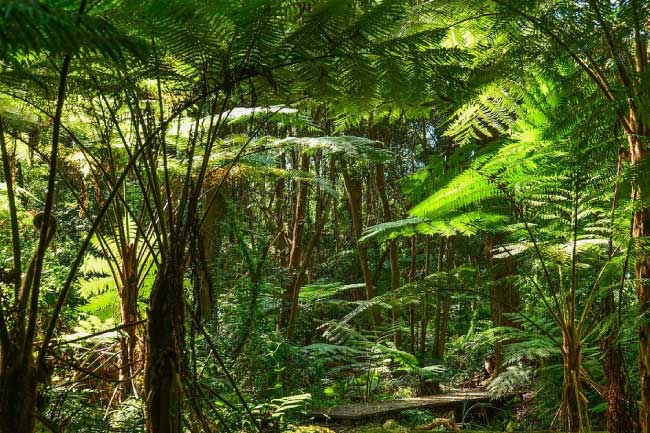
Dinosaurs became the dominant land vertebrates (animals with backbones) after the Triassic–Jurassic extinction event. They remained so throughout the Jurassic and Cretaceous periods.
Their reign came to an end with another extinction event – the Cretaceous–Paleogene extinction event – which occurred around 66 million years ago. This caused all of the non-avian dinosaurs to become extinct.
Week 4
Math
Grammar
• A sentence is a group of words that express a complete thought.
• A sentence fragment is a group of words that does not
express a complete thought.
• A statement is a sentence that tells something.
• A question is a sentence that asks something.
• All sentences begin with a capital letter and end with a period
or question mark.
History
Battles of Lexington and Concord
Science
Are Dinosaurs Extinct?
Technically, dinosaurs survived – although we now call them ‘birds’ – but with the Cretaceous–Paleogene extinction event the age of the giant reptiles was over. The reign of the dinosaurs lasted for around 170 million years.
Homo sapiens (modern humans) have only been around for 200,000 years. We’ve still got a long way to go!
Birds Descended From Dinosaurs

Scientists now think that all of today’s birds are descended from therapods, which were Saurischian dinosaurs (see ‘Types of Dinosaur’, above). Many therapods are believed to have had feathers – even Tyrannosaurus Rex!
The most bird-like of the therapods branched off into a group called Coelurosauria, which comes from the Greek meaning ‘hollow-tailed lizards’.
Although outwardly many Coelurosaurians didn’t exactly resemble birds (Tyrannosaurus Rex was a Coelurosaurian), a branch of Coelurosauria called maniraptorans would become the ancestors of all of the birds in the world today.
Birds began to appear in the Jurassic period, and would be the only dinosaurs to survive the Cretaceous–Paleogene extinction event.
Where Did Dinosaurs Live?

Dinosaur remains have been found on every continent. They’ve even been found in Antarctica, where scientists have found fossils of both plant-eating and meat-eating dinosaurs.
This doesn’t mean, however, that dinosaurs lived in Antarctic conditions. In the Triassic period – when dinosaurs began to appear – there was only one huge supercontinent, called Pangaea, which means ‘all Earth’.
The Triassic climate was dry and warm. Dinosaurs could spread far and wide across the vast landmass. This is why we find fossils of the same type of dinosaurs in different parts of the world today.
In the Jurassic period, Pangaea began to split into two main landmasses called Laurasia and Gondwana.
As the continents pulled apart, oceans flooded into the gaps between them. Dinosaurs were no longer free to roam across the whole of the world’s land. The climate began to cool (although it was still hot), and there was more rain.
Throughout the Jurassic and Cretaceous periods, the landmasses would continue to slowly separate into the continents we know today.
Week 5
Math
Subtracting Numbers Within 1000
Grammar
A noun names a person, place, or thing.
• A common noun names any person, place, or thing.
Examples: teacher city dog
• A common noun does not begin with a capital letter.
• A common noun does not name a particular person, place,
or thing. These words are not common nouns: Mr. Smith,
Chicago, Spot.
History
Biography of George Washington for Kids: Meet the American President –
Science
Dinosaur Facts for Kids, Students & Adults: Extinction
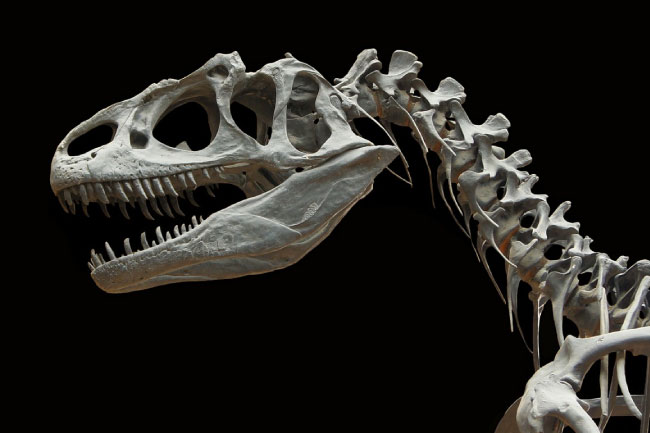
Dinosaurs were extremely successful animals, but eventually the ‘Age of Reptiles’ came to an end.
Around 66 million years ago, life on Earth was devastated by a sudden, dramatic occurrence that caused 75% of all plant and animal species to become extinct.
There are many explanations for what is now known as the Cretaceous–Paleogene (K-Pg) extinction event. Theories include massive worldwide volcanic eruptions and changes in global temperatures.
Some people even think that another star – called Nemesis – approaches the Sun every 26 million years, causing asteroids to smash into Earth.
Meteorite Theory
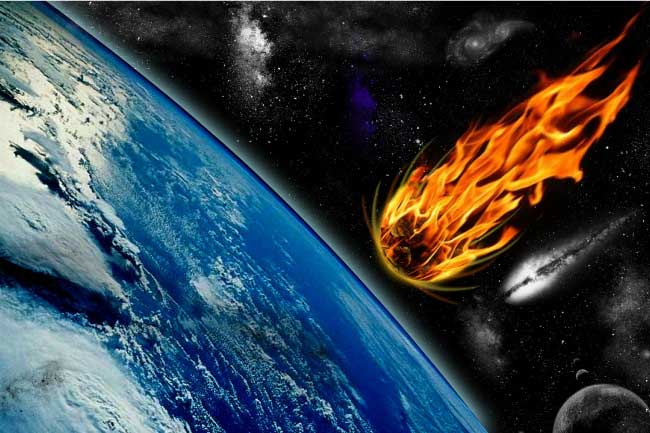
Geologists have identified a narrow band of sedimentary rock that runs between rocks formed in the Cretaceous and Paleogene periods. This band is known as the Cretaceous–Paleogene, or K–Pg, boundary.
Contained within this rock is a high concentration of an otherwise rare metal called iridium. Iridium is found mainly at the centre of the Earth, and in asteroids and comets.
This gave rise to one of the likeliest explanations for the K-Pg extinction event: Earth was struck by a meteorite that was around 6 miles (10 km) across.
The impact would have caused an explosion around 2 million times greater than a nuclear bomb.
The explosion would have sent up a gas cloud big enough to envelop the world and cause several years of darkness. Temperatures would have dropped dramatically. Plants would have been unable to grow, and entire food chains would have been wiped out.
The meteorite theory is supported by the discovery of the Chicxulub crater in Mexico. This huge impact crater appears to have been created around the time of the K-Pg extinction event.
How We Know About Dinosaurs
Paleontology

Scientists who study ancient life are known as paleontologists (palaeontologists in British English). They study fossil remains, using knowledge from other scientific fields such as biology, chemistry and geology to create a picture of how the world used to look.
Week 6
Math
Subtracting Numbers Within 100 With Regrouping
Subtracting Numbers Within 100
Grammar
A proper noun names a particular person, place, or thing.
Examples: Ms. Brown San Francisco Atlantic Ocean.
• A proper noun begins with a capital letter.
• Some proper nouns contain more than one word. Each
important word begins with a capital letter.
Examples: Statue of Liberty Boston Red Sox
• The name of a day, month, or holiday begins with a capital
letter.
History
Benjamin Franklin’s Words of Wisdom
- “Early to bed, early to rise, makes a man healthy, wealthy, and wise”
- “When you run in debt you give another man power over your liberty.”
- “A penny saved is a penny earned.”
- “Never leave that til tomorrow which you can do today.”
- “God helps those who help themselves.”
- “Three can keep a secret if two are dead.”
- “Where liberty dwells there is my country.”
- “The doors of wisdom are never shut.”

Betsy Ross ^^^
Betsy Ross and the First United States Flag for students, kids, school, etc.
Benedict Arnold: The Revolutionary War in Four Minutes
Science
Fossils
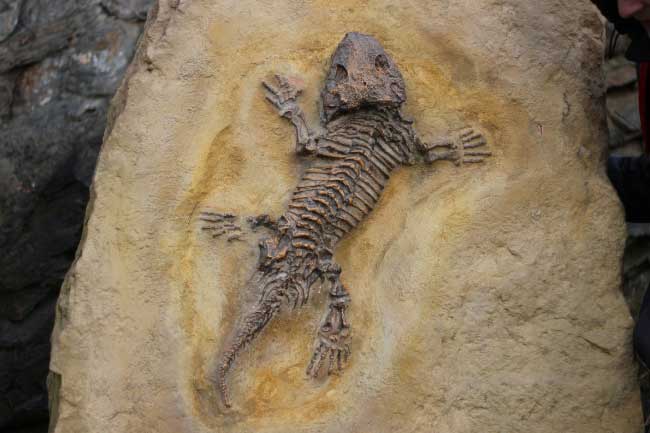
Much of our knowledge of dinosaurs is pieced together from fossils. Fossils are the preserved traces and remains of living things.
Fossils were being discovered long before man truly realised what they were. They may even have given rise to myths and legends about dragons and other monsters.
It was only in the 19th century that serious study of fossils began.
Fossils are formed in several ways. One kind of fossil is formed when the buried remains of an animal are replaced by minerals, creating a stone fossil.
Another way a fossil is made is when the original remains dissolve away completely, leaving an outline of the remains. This is called a ‘mould fossil’.
Not all fossils are of the animals themselves. Traces of dinosaurs, such as footprints and even dinosaur droppings can be fossilised.
Scientists can piece together a surprising amount of information from fossils. Not only can they tell what a dinosaur may have looked like, but also how it lived and what it ate. From the rock in which the fossil was found they can tell how old it is.
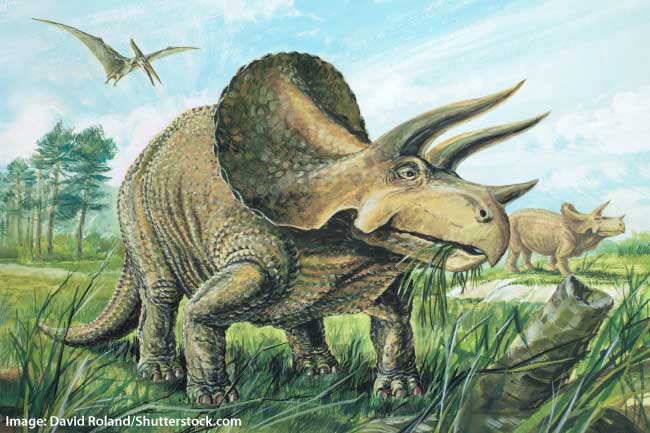
Top Ten Dinosaur Facts
- The scientific study of ancient life is called paleontology (palaeontology in British English). Therefore, if you study dinosaurs, then you’re a paleontologist!
- All of our knowledge of dinosaurs comes from fossils – the remains or traces of living things that have been preserved as rocks.
- The word ‘dinosaur’ means ‘terrible lizard’. It was invented by the English biologist Sir Richard Owen.
- Dinosaurs lived during much of the Mesozoic Era, which occurred from around 252 to around 66 million years ago.
- Dinosaurs were the dominant land vertebrates during the Triassic and Cretaceous periods of the Mesozoic Era.
- Most scientists now consider birds to be dinosaurs.
- The non-avian dinosaurs (e.g. dinosaurs that weren’t birds) were wiped out in the Cretaceous–Paleogene (K-Pg) extinction event, which occurred around 66 million years ago.
- Dinosaurs existed for around 170 million years. Homo sapiens (modern humans), on the other hand, have only existed for a mere 200,000 years.
- Even the fearsome T Rex may have had feathers.
- Dinosaur remains have been found in every continent.
Week 7
Math
Grammar
• A common noun names any person, place, or thing.
• A proper noun names a particular person, place, or thing.
History
Science
Albertosaurus
Albertosaurus was a close relation of Tyrannosaurus, and was in the same family, Tyrannosauridae. Looking very much like its more famous relative, Albertosaurus walked on two legs, and had small arms. It would have been a fast runner, and probably sat at the very top of the food chain.
Albertosaurus had crests above its eyes which may have been brightly coloured. Unlike Tyrannosaurus, whose eyes pointed forwards, its eyes were on the sides of its head.
- You can read more about albertosaurus here: Albertosaurus Facts
Allosaurus
Allosaurus was one of the largest predators of the Jurassic Period. It would have reached lengths of around 12 metres (40 ft.), and weighed between 2 and 5 metric tonnes (2.2 and 3.3 short tons).
Allosaurus preyed on dinosaurs such as Stegosaurus, and may even have hunted huge Jurassic Sauropods such as Diplodocus and Apatosaurus.
- You can find out more about allosaurus here: Allosaurus Facts
Week 8
Math
Grammar
• A singular noun names one person, place, or thing.
Examples: teacher, city, dog.
• A plural noun names more than one person, place, or thing.
Examples: teachers, cities, dogs.
• Add -s to form the plural of most singular nouns.
History
Science
Ankylosaurus
Ankylosaurus was a member of a group of dinosaurs called Ankylosauria. Their name means ‘fused together lizards’ on behalf of their joined-together armoured plates.
Ankylosaurians were members of a larger group of dinosaurs called Thyreophora, otherwise known as the ‘shield-bearers’, or ‘armored dinosaurs’. This group also included Stegosaurians such as stegosaurus.
Ankylosaurus was around 10 metres (33 ft.) in length and weighed around 5 metric tonnes (5.5 short tons). It had a bony club at the end of its powerful tail. This would have been an effective weapon against predators.
- Find out more about ankylosaurus here: Ankylosaurus Facts.
Apatosaurus
Apatosaurus was a huge sauropod dinosaur. It lived in the late Jurassic Period. It weighed between 20 and 30 metric tonnes (22 and 33 short tons), and was around 20 to 23 metres (65 and 75 ft.) in length.
Apatosaurus achieved its colossal size by eating plants rather than meat. It may have used its long tail as a whip to protect itself from predators.
Brontosaurus was discovered after Apatosaurus. At the time it was thought to be a different dinosaur, but it was later found to be an Apatosaurus. However, the name ‘Brontosaurus’ had become so widely-used that many people still think that they are different dinosaurs.
There’s a twist in the tail: recent studies have found that the Brontosaurus may not be an Apatosaurus after all!
- You can find out more about apatosaurus here: Apatosaurus Facts
Week 9
Math
Grammar
• A comma tells the reader to pause between the words that it separates.
• Use commas to separate three or more words in a series.
Example: We enjoyed the mountains, the trees, and the clouds in
the park.
• Do not use a comma after the last word in a series.
History
Science
Archaeopteryx
If you can imagine a cross between a small dinosaur and a bird, then you’ll probably have a good idea of what Archaeopteryx looked like. It had the tooth-filled mouth and bony tail of a dinosaur, with the feathered wings of a bird. It may even have been able to fly, rather than simply glide.
Archaeopteryx lived in the late Jurassic Period. Animals like archaeopteryx (but possibly not archaeopteryx itself) were the ancestors of all today’s birds. Many scientists now consider birds to be dinosaurs!
- Read more about Archaeopteryx here: Archaeopteryx Facts
Baryonyx
Baryonyx was a two-legged, fish-eating dinosaur that lived in the early Cretaceous Period.
In 1983, amateur fossil collector William J. Walker came across a strange fossil. He alerted the Natural History Museum in London, who realised that he had made an important find.
After further digging, palaeontologists uncovered around three-quarters of a new dinosaur. It was named Baryonyx walkeri, in honour of its discoverer.
- Find out more about Baryonyx here: Baryonyx Facts
Week 10
Math
• The main verb in a sentence shows what the subject does or is.
• A helping verb helps the main verb show an action or make
a statement. Add -ed to most verbs to show past tense.
History
Science
Brachiosaurus
This huge sauropod grew up to 25 metres (82 ft.) in length and weighed between 30 and 50 metric tonnes (33 and 55 short tons). It was one of the largest land animals ever. Brachiosaurus’s name means ‘arm lizard’, because of the way its forelimbs joined its shoulders.
Unlike other sauropods, Brachiosaurus’s front legs were longer than its hind legs.
- You can find out more about Brachiosaurus here: Brachiosaurus Facts.
Brontosaurus
(See Apatosaurus)
Carnotaurus
Carnotaurus was a large, fast-moving predator that walked on two legs. It was around 9 metres (30 ft.) in length, and weighed around 1.35 metric tonnes (1.5 short tons).
This distinctive meat-eater had two horns on its head. Its name means ‘meat-eating bull’ on behalf of these bull-like horns.
- Find out more about Carnotaurus here: Carnotaurus Facts.
Week 11
Math
Grammar
A contraction is a shortened form of two words.
• A contraction can be made by combining certain verbs with
the word not.
• An apostrophe (’) shows that the letter o has been left out.
• Examples of contractions: is + not = isn’t, did + not = didn’t
History
Science
Coelophysis
Coelophysis is one of the earliest known dinosaurs. It lived in the late Triassic Period. Despite their great age, many Coelophysis fossils have been found.
Coelophysis was a small and lightly-built dinosaur. It would have been nimble and fast, and may have hunted in packs.
Compsognathus
Only two Compsognathus specimens have been discovered. The first was found in Germany in the mid-nineteenth century. The second was found in France over 100 years later, in 1971.
Compsognathus lived during the late Jurassic period.
This bird-like bipedal predator was famous for many years for being one of the smallest dinosaurs. Since the end of the twentieth century, however, several smaller dinosaurs have been discovered.
Deinonychus
This early Cretaceous dinosaur grew to around 3 metres (10 ft.) in length and weighed around 80 kg (176 lb). Its name, which means ‘terrible claw’, refers to the deadly claw found on each of its feet.
While small compared to other dinosaurs, Deinonychus was built for speed, and would have been an effective predator. It had long forelimbs and powerful clawed ‘hands’.
Week 12
Math
Compare Fractions: Equal Denominator
Compare Fractions: Equal Numerator
Add Fractions With Like Denominators
Grammar
A linking verb does not show action. It connects the subject
to the rest of the sentence.
• Is, are, am, was, and were are often used as linking verbs.
History
Science
Diplodocus
Diplodocus, like all other sauropods, was a giant, four-legged dinosaur with a long neck and tail. It may have used its long tail as a whip for protection against predators.
Diplodocus was around 25 metres (82 ft.) in length. It weighed between 10 and 26 metric tonnes (11 and 29 short tons). It lived in North America during the late Jurassic Period.
- Find out more about Diplodocus here: Diplodocus Facts.
Edmontosaurus
Edmontosaurus was a large herbivorous dinosaur. It was a member of the ‘duck-billed’ group of dinosaurs, so-called due to their duck-like mouths. Herds of edmontosaurus roamed western North America in the late Cretaceous Period.
Edmontosaurus would have walked on its longer hind legs for most of the time. By studying its teeth, paleontologists can tell it was a grazer. While grazing it would probably have walked on all four legs.
Giganotosaurus
Giganotosaurus means ‘giant southern lizard’. This giant predator walked on two legs and was even bigger than Tyrannosaurus.
Giganotosaurus was around 16 metres (62 ft.) in length and weighed 8 metric tonnes (9 short tons). It was likely to have had good senses of both sight and smell.
Giganotosaurus was found in South America during the late Cretaceous Period.
- You can find out more about Giganotosaurus here: Giganotosaurus Facts.
Week 13
Math
Subtract Fractions With Like Denominators
Gorgosaurus
With a huge skull and jaws filled with sharp teeth, Gorgosaurus definitely lived up to its name, which means ‘dreadful lizard’.Gorgosaurus was a close relative of tyrannosaurus, being in the same family, Tyrannosauridae. Gorgosaurus lived in the late Cretaceous Period and was found in America and Canada.
- Find out more about Gorgosaurus here: Gorgosaurus Facts
Iguanodon
Iguanodon was the second dinosaur ever to be named. The first Iguanodon fossil was a tooth. It was discovered in England by the wife of medical doctor and geologist Dr Gideon Mantell. Mantell named the specimen Iguanodon, because the tooth resembled that of an iguana.
Iguanodon was a large, plant-eating dinosaur, able to walk on two and four legs. It lived in the early Cretaceous Period.
Iguanodon had spiked thumbs. These may have been used either as a means of defence against predators or for fighting with other Iguanodons.
- Find out more here: Iguanodon Facts
Leaellynasaura
This small bipedal dinosaur was just under 1 metre (3 ft.) in length. It was first discovered in the Australian dinosaur hotspot Dinosaur Cove.Leaellynasaura lived in the early Cretaceous Period. It may have been fully-feathered.
Megalosaurus
Megalosaurus was discovered in England. It was the first dinosaur to be named. Surgeon and geologist James Parkinson identified some fossilised remains as being those of a reptile. He named it ‘Megalosaurus’, which means ‘great lizard’. This was in 1824: almost twenty years before Sir Richard Owen invented the word ‘dinosaur’!
Megalosaurus was around 9 metres (30 ft.) in length and weighed around 1 metric tonne (1.1 short tons). It stood on two legs, and was a predator. It lived in the middle Jurassic Period.
- You can find out more about Megalosaurus here: Megalosaurus Facts
Minmi
Minmi was a heavily armoured small dinosaur of the Ankylosauria family. Its body, including its undersides, was covered with bony plates. It had longer legs than most of its relatives, suggesting that, despite being heavily armoured, it could move quickly.
Minmi fossils have been discovered in Australia. It lived in the early Cretaceous Period.
Ornithomimus
Ornithomimus was an ostrich-like dinosaur. Around 3.5 metres (11.5 ft.) long, Ornithomimus had long legs and a long, thin neck. It would have been able to run at high speeds, possibly reaching over 40 mph (64 km/h).Ornithomimus means ‘bird mimic’. It is so-named due to its bird-like feet. Fossils suggesting Ornithomimus had feathers have been found.
Parasaurolophus
Parasaurolophus was a Late Cretaceous herbivore. It was around 10 metres (33 ft.) in length and weighed around 3.5 metric tonnes (4 short tons).
Parasaurolophus had a distinctive crest at the back of its head. Tubes inside of this crest were connected to its nostrils.Scientists speculate that this arrangement may have been used to produce sound.
Parasaurolophus had a tall but narrow tail. Males may have had brightly-colored tails in order to attract females.
- You can find out more about Parasaurolophus here: Parasaurolophus Facts.
Week 15
Protoceratops
Protoceratops was a sheep-sized dinosaur of the late Cretaceous Period. It had jaws shaped like a parrot’s bill, and a mouthful of teeth for eating tough vegetation. A frill on the back of its head may have served to protect its neck.In Mongolia, a fossilised protoceratops was found entwined with a fossilised velociraptor. The velociraptor may have been attacking the protoceratops before a land slip buried both animals.
Spinosaurus
Spinosaurus was a meat-eating dinosaur of the late Cretaceous Period. Growing up to 15 metres (49 ft.) in length and 23 metric tonnes (25.35 short tons) in weight, it was larger than the mighty Tyrannosaurus Rex.
Spinosaurus was quite possibly the largest predator ever to have walked the earth.
Spinosaurus means ‘thorn lizard’ or ‘spine lizard’. The name comes from Spinosaurus’s most distinctive feature: a large ‘sail’ on its back, which consisted of spines covered by a layer of skin.
Scientists think that this bony sail helped spinosaurus to warm up faster than other dinosaurs, allowing it to hunt when others could not.
- You can find out more about Spinosaurus here: Spinosaurus Facts.
Stegoceras
Stegoceras was a bipedal herbivore that lived in North America during the late Cretaceous Period. It was around 2 metres (6.5 ft.) in length and stood around .75m (2.5 ft.) tall.
Stegoceras was a Pachycephalosaurian; a ‘dome-headed dinosaur’ with a very thick skull. It was probably a herd animal.
Stegosaurus
Stegosaurus was a large plant-eating dinosaur in the Stegosauridae family. It roamed America during the late Jurassic period.
Stegosaurus grew to around 9 metres (30 ft.) in length, and weighed around 2 metric tonnes (2.2 short tons). This large dinosaur was no rocket scientist; its brain was around the size of a walnut!
Stegosaurus had a row of large bony plates running along the top of its back. There are various explanations as to what the plates were for. Some scientists think that they offered protection from predators, others believe that they helped the animal stay at the correct temperature.
Stegosaurus was able to defend itself with a cluster of spikes on its tail.
- Find out more about Stegosaurus here: Stegosaurus Facts.
Week 16

Triceratops
Triceratops’ name means ‘three-horned face’. This fearsome-looking herbivore was found in western America during the late Cretaceous Period. It may have lived in herds.
Triceratops was a large, heavily built dinosaur. It would have been able to put up quite a fight if attacked by meat-eaters such as Tyrannosaurus or Albertosaurus.
- You can find out more about Triceratops here: Triceratops Facts.
Troodon
Troodon was a small, bird-like dinosaur of the Late Cretaceous Period. It grew to around 2 metres (6.5 ft.) in length, and would have stood waist-high to a man.
Despite its small size, troodon was well armed. It had sharp teeth, clawed fingers, and an enlarged, sickle-shaped claw on each of its feet. This intelligent dinosaur was fast, agile, and equipped with good eyesight.
- Find out more about Troodon here: Troodon Facts
Tyrannosaurus
Tyrannosaurus is perhaps the most famous type of dinosaur in the world, and no list of dinosaurs would be complete without it! One species in particular, Tyrannosaurus Rex, is particularly well-known as being the archetypal ‘killer dinosaur’.
Tyrannosaurus is one of the largest land-based meat-eaters of all time. Not only was it strong; it was also intelligent, fast, and equipped with excellent senses of both sight and smell.
One feature of tyrannosaurus is its huge skull. The skull would have been able to support large jaw muscles, giving tyrannosaurus a powerful bite.
Tyrannosaurus grew to around 12 metres (40 ft.) in length, and weighed up to 8 metric tonnes (9 short tons). It lived right to the end of the Cretaceous Period, becoming extinct along with all of the other non-bird dinosaurs in the Cretaceous-Paleogene Extinction Event.
- You can find out more about Tyrannosaurus Rex here: Tyrannosaurus Rex Facts.
Velociraptor
Velociraptor was a small, bird-like, predatory dinosaur of the late Cretaceous Period. Its name–which means ‘swift plunderer’–accurately describes this speedy, fierce carnivore.
Velociraptor was armed with sharp teeth and sharp claws. Its most fearsome weapons were the large, curved inner claws on either foot. These were probably used not only for slashing and ripping, but also to grab and restrain the velociraptor’s unfortunate prey.
In many films, velociraptor is portrayed as being taller than a man. In real-life, however, it would have been waist-high at most. It may also have been fully feathered.
- You can find out more about Velociraptor here: Velociraptor Facts.

